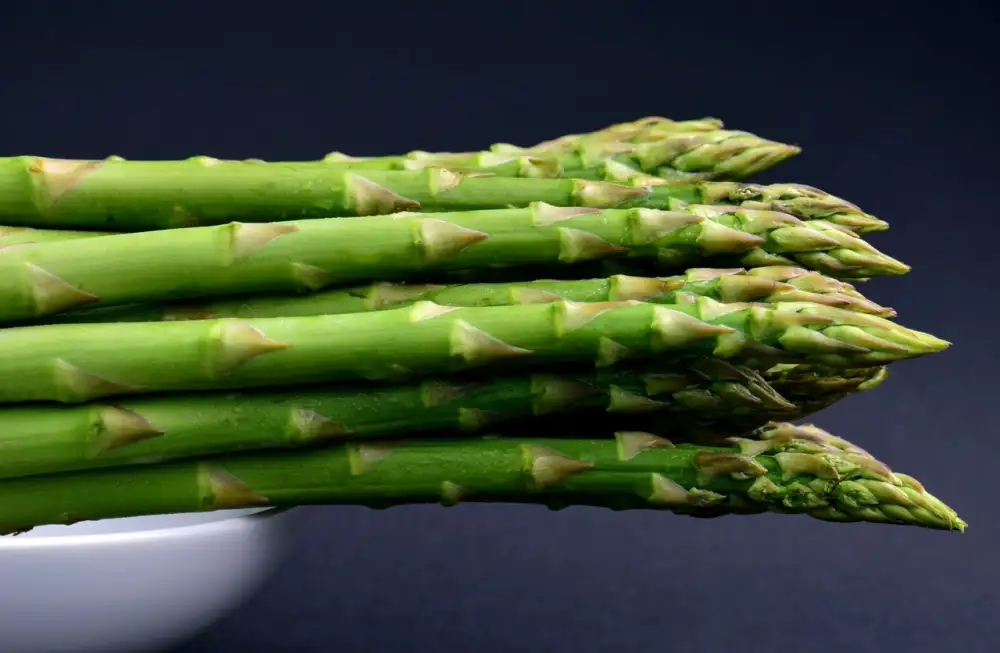Discover the Best Cornstarch Alternatives for Elevated Cooking Experiences

- Introduction: Exploring Cornstarch Alternatives in Cooking
- Understanding the Role of Cornstarch in Recipes
- Health Concerns: Why Seek Cornstarch Replacements?
- Tapioca Starch: A Versatile Substitute for Cornstarch
- Arrowroot Powder: A Natural Thickener for Various Dishes
- Potato Starch: Enhancing Texture without Gluten
- Rice Flour: A Gluten-Free Option for Thickening Sauces
- Wheat Flour: Traditional Substitute for Cornstarch in Recipes
- Conclusion: Experimenting with Cornstarch Alternatives in Your Cooking
Introduction: Exploring Cornstarch Alternatives in Cooking
Cornstarch has long been a staple ingredient in many recipes, known for its ability to thicken sauces, soups, and desserts. However, with the rise of dietary restrictions and health concerns, many people are seeking alternatives to cornstarch. Fortunately, there are several options available that can provide similar results without compromising on taste or texture. In this article, we will delve into the world of cornstarch substitutes and discover the best alternatives for elevated cooking experiences. Whether you're looking for gluten-free options or simply want to experiment with new ingredients, these alternatives will open up a whole new realm of culinary possibilities. So let's dive in and explore the wonderful world of cornstarch alternatives!
Understanding the Role of Cornstarch in Recipes
Cornstarch is a common ingredient used in cooking and baking as a thickening agent. It has the ability to absorb liquid and create a smooth, silky texture in sauces, soups, and desserts. When heated, cornstarch forms a gel-like consistency that helps bind ingredients together and gives dishes a glossy finish. It is also often used to coat meats before frying, creating a crispy exterior. Understanding the role of cornstarch in recipes is important when seeking alternatives, as it helps identify substitutes that can provide similar results.
Health Concerns: Why Seek Cornstarch Replacements?
While cornstarch is a common ingredient in many recipes, it may not be suitable for everyone. Some individuals have dietary restrictions or health concerns that require them to avoid corn-based products. Cornstarch is also high in carbohydrates and lacks nutritional value, making it less desirable for those seeking a healthier lifestyle.
Additionally, cornstarch contains gluten, which can be problematic for individuals with gluten sensitivities or celiac disease. This makes finding suitable alternatives crucial for those who need to thicken their dishes without compromising their health.
Fortunately, there are several alternatives available that can provide similar results without the drawbacks of cornstarch. These alternatives not only offer thickening properties but also bring unique flavors and textures to your dishes. By exploring these options, you can elevate your cooking experience while catering to your specific dietary needs and preferences.
Tapioca Starch: A Versatile Substitute for Cornstarch
Tapioca starch is a versatile and popular substitute for cornstarch in cooking. Derived from the cassava root, tapioca starch has a neutral taste and works well as a thickening agent in various recipes. It is commonly used in desserts, soups, sauces, and gravies.
One of the advantages of tapioca starch is its ability to withstand high temperatures without breaking down or losing its thickening properties. This makes it suitable for both hot and cold dishes. When heated, tapioca starch forms a clear gel-like consistency, giving dishes a glossy appearance.
In addition to its thickening abilities, tapioca starch also adds a chewy texture to baked goods like cookies and breads. It helps create a soft and tender crumb while retaining moisture. Tapioca starch can be used as a one-to-one replacement for cornstarch in most recipes.
However, it's important to note that tapioca starch does have some differences compared to cornstarch. It has a slightly different flavor profile and may not work as well in certain recipes that require the specific properties of cornstarch.
Overall, tapioca starch is an excellent alternative for those seeking to avoid cornstarch in their cooking. Its versatility and ability to thicken without altering flavors make it a valuable ingredient in any kitchen pantry. So go ahead and experiment with tapioca starch in your favorite recipes to elevate your cooking experience!
Arrowroot Powder: A Natural Thickener for Various Dishes
Arrowroot powder is a natural thickener that can be used as a substitute for cornstarch in various dishes. Derived from the roots of the arrowroot plant, this powder has a neutral taste and is gluten-free, making it suitable for those with dietary restrictions. It has a higher thickening power compared to cornstarch, which means you'll need less of it to achieve the desired consistency in your recipes. Arrowroot powder works well in both hot and cold liquids, making it ideal for sauces, gravies, soups, and desserts. Its smooth texture ensures that your dishes won't become lumpy or grainy. Additionally, arrowroot powder is known for its ability to withstand high temperatures without breaking down, making it suitable for baking and frying. So if you're looking to elevate your cooking experience while avoiding cornstarch, consider using arrowroot powder as a natural thickener in your favorite recipes.
Potato Starch: Enhancing Texture without Gluten
Potato starch is a fantastic alternative to cornstarch, especially for those who follow a gluten-free diet. It is derived from potatoes and has a neutral flavor, making it suitable for a wide range of recipes. One of the key benefits of potato starch is its ability to enhance texture without the presence of gluten. It can be used as a thickening agent in soups, stews, and sauces, providing a smooth and velvety consistency. Additionally, potato starch works well in baked goods, helping to improve their structure and moisture retention. Its versatility and gluten-free nature make it an excellent choice for individuals looking to elevate their cooking experiences while avoiding cornstarch.
Rice Flour: A Gluten-Free Option for Thickening Sauces
Rice flour is a fantastic gluten-free alternative to cornstarch when it comes to thickening sauces. Made from finely ground rice, this flour adds a smooth and silky texture to your dishes. It is particularly suitable for Asian cuisines, where rice is a staple ingredient. Rice flour can be used in both hot and cold sauces, and it has the ability to thicken without altering the flavor of the dish. Additionally, it is an excellent choice for those with gluten sensitivities or celiac disease, as it does not contain any gluten. So next time you're looking for a gluten-free option to thicken your sauces, consider giving rice flour a try!
Wheat Flour: Traditional Substitute for Cornstarch in Recipes
Wheat flour has long been used as a traditional substitute for cornstarch in recipes. It is readily available and can be easily incorporated into various dishes. However, it's important to note that wheat flour contains gluten, which may not be suitable for those with gluten sensitivities or celiac disease. When using wheat flour as a replacement for cornstarch, it's essential to adjust the amount accordingly, as it has different thickening properties. Additionally, wheat flour may impart a slightly different taste and texture to the dish compared to cornstarch. Nonetheless, it remains a reliable option for those looking for a familiar and accessible alternative in their cooking endeavors.
Conclusion: Experimenting with Cornstarch Alternatives in Your Cooking
Incorporating cornstarch alternatives into your cooking can open up a world of possibilities for enhancing flavors, textures, and overall culinary experiences. Whether you are looking to address health concerns or simply explore new ingredients, tapioca starch, arrowroot powder, potato starch, rice flour, and wheat flour all offer unique benefits as substitutes for cornstarch.
By understanding the role of cornstarch in recipes and experimenting with these alternatives, you can elevate your dishes to new heights. Tapioca starch provides versatility, arrowroot powder offers natural thickening properties, potato starch enhances texture without gluten, rice flour serves as a gluten-free option, and wheat flour remains a traditional substitute.
So why not step out of your comfort zone and try something different? Embrace the opportunity to discover new flavors and textures by incorporating these cornstarch alternatives into your favorite recipes. Elevate your food experience today!
Published: 16. 11. 2023
Category: Food



